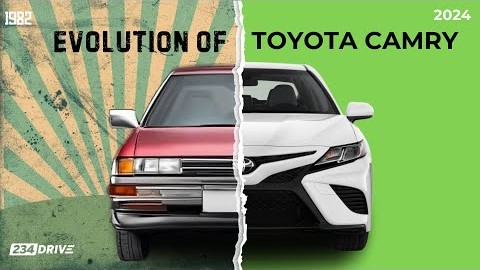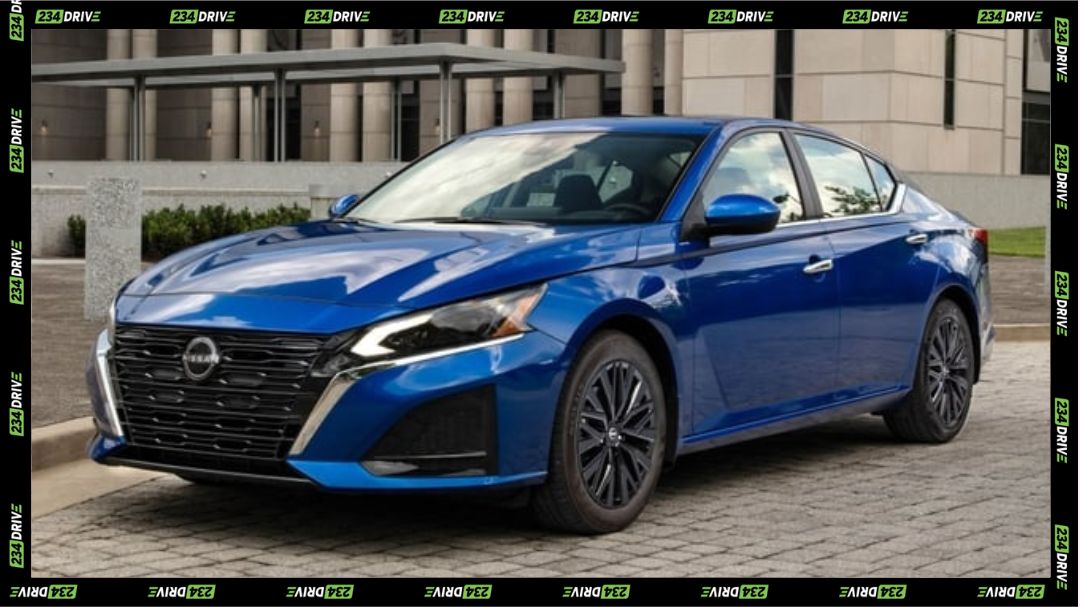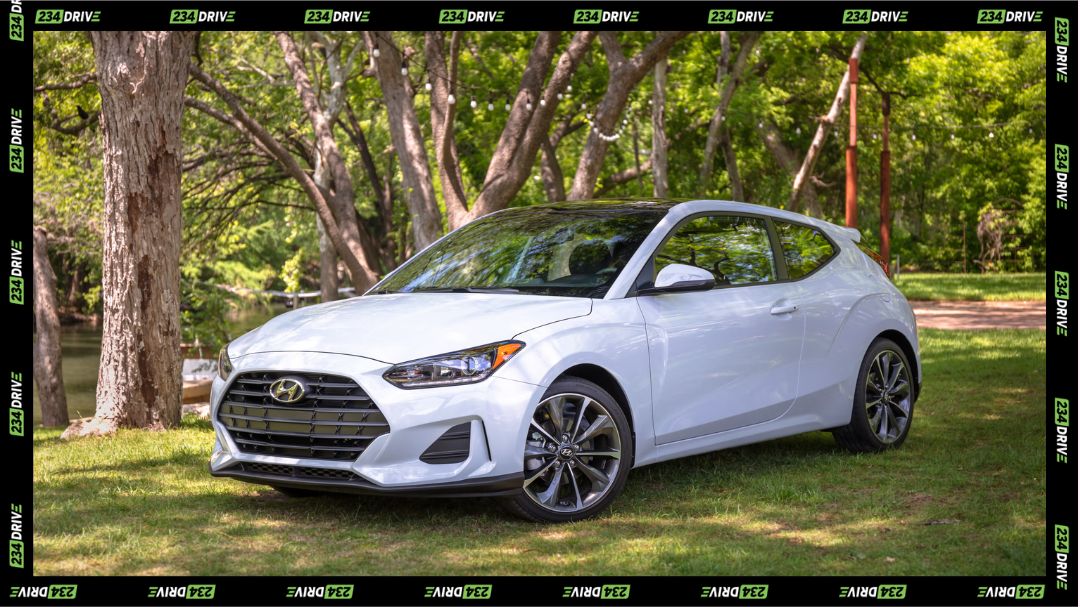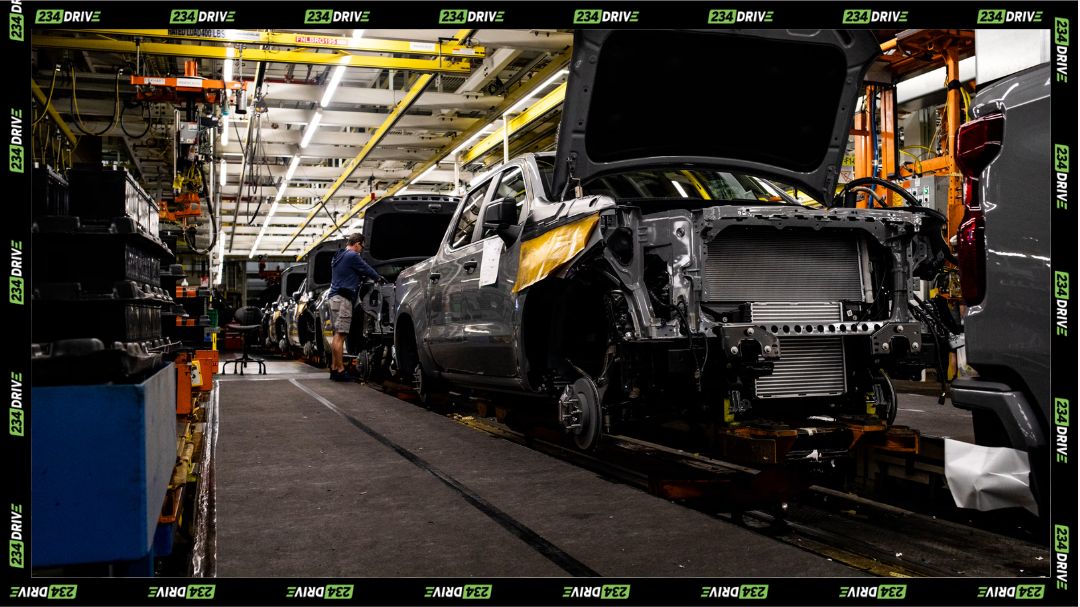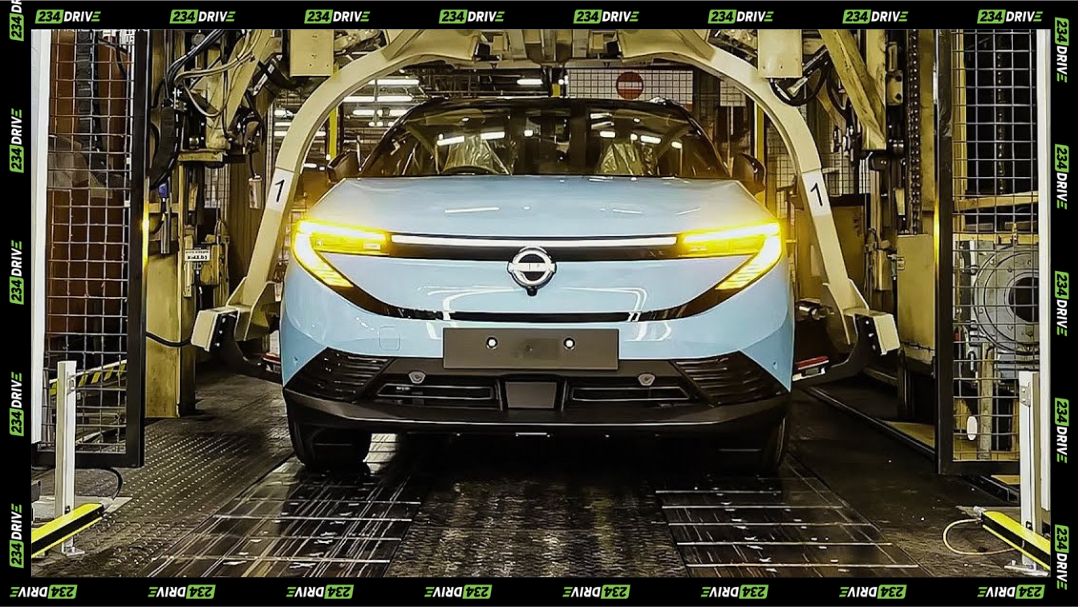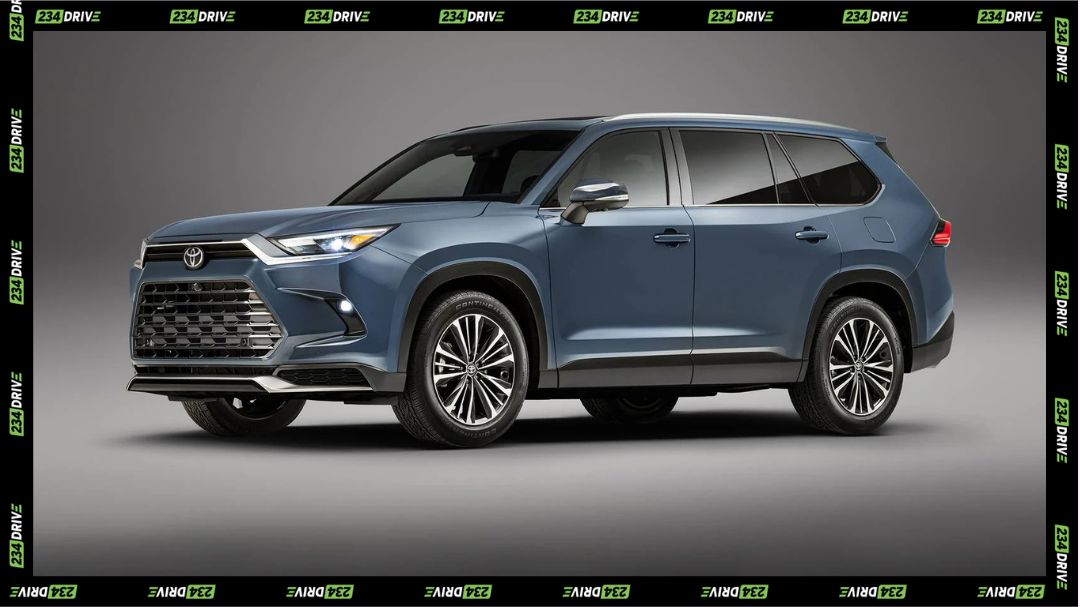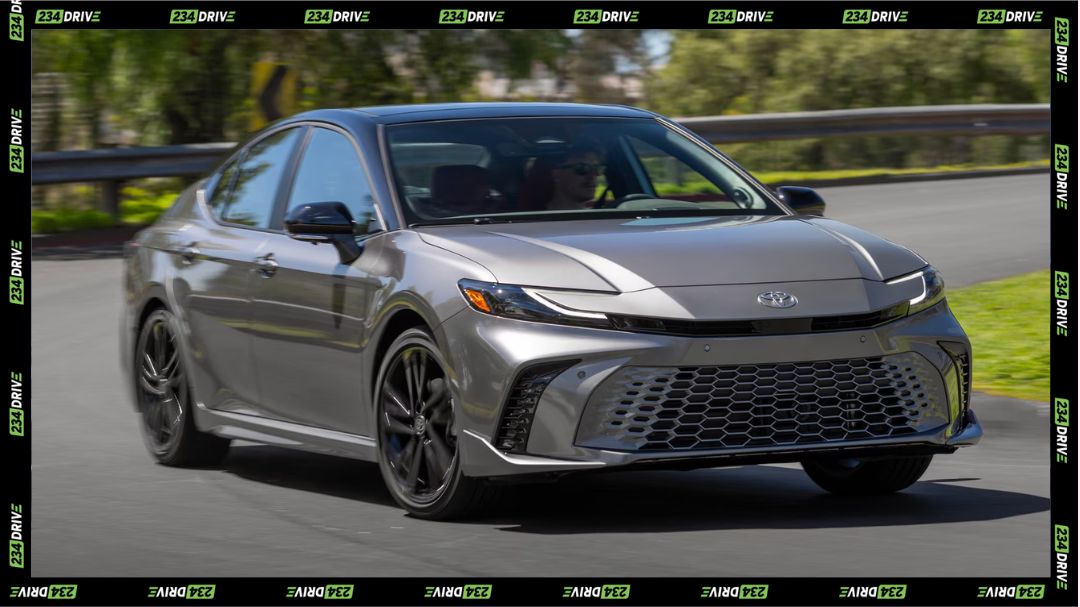The Toyota Camry. Just hearing the name conjures up images of reliability, dependability, and practicality. It’s a global icon, a car that’s found its way into driveways (and hearts) across the world. In places like Nigeria, it’s more than just a car; it’s a trusted workhorse. But how did this unassuming mid-size sedan achieve such widespread success? Let’s take a look at the Toyota Camry’s evolution over the last 42 years.
1982: The First Camry
The story begins in 1982. The first Camry was created for the Japanese market. Looking at it now, the design seems pretty basic. It definitely wasn’t going to win any beauty contests in America back then!
But here’s the thing: this little car was reliable. It simply worked. That was enough to make it a surprise hit in the US and Australia. It proved that substance could triumph over style.
1987: The Second Generation Camry
By 1987, Toyota knew the Camry had potential in the American market. It was time for a redesign. The second-generation Camry embraced a boxier look. This was more in line with American car design at the time.
This generation also brought some exciting firsts. A V6 engine became available, offering more power. And a wagon version was introduced. This addition transformed the Camry into a versatile utility vehicle. It could now haul cargo as well as passengers.
Interestingly, this Camry also played a key role in Nigeria’s “Tokunbo” market. It became one of the first widely available Toyota models in the country.
The 90s: The Third Generation Camry
The 1990s brought a shift in automotive design. Boxy cars were out, and rounded edges were in. The third-generation Camry embraced this change with flowing lines and a modern look.
In Nigeria, this Camry earned the nickname “Orobo”. This nickname meant “well-fed.” Compared to the older, more angular models, this one looked sleek and modern.
Here’s a quick comparison:
- Curvier Design
- More Modern
- More Appealing
A Game Changer: The Fourth Generation Camry
The fourth generation Camry was a significant departure. It featured a flatter, shorter, and wider profile. The taillights were thin and distinctive, earning it the nickname “Pencil Light” in Nigeria.
This Camry was a massive success, particularly in Nigeria. It gained a reputation for being incredibly reliable and durable. People saw it as a “strong car”. It rarely broke down, making it perfect for the challenging driving conditions.
Did you know that the Toyota Solara, the two-door coupe version of the Camry, was based on this generation? And even cooler, a convertible Solara was available! Imagine cruising around in a Camry convertible back then!
Entering the 2000s: The Fifth Generation Camry
In 2002, Toyota introduced a new, larger Camry. Everything about it was bigger: the engine, the lights, and the interior. Except for one thing: the front grille, which actually got smaller!
This new model was immediately nicknamed “Big Daddy” in Nigeria. Some even called it “Big for Nothing” because of its size. Despite the playful nicknames, this Camry was a hit. It provided a comfortable ride and a spacious interior.
A sports edition was also available, complete with extra trim and a V6 engine. This broadened the Camry’s appeal even further.
Around this time, the Toyota Solara also received a refresh. Its design became more distinct from the Camry sedan. It looked more like a sporty coupe in its own right.
2006: The Sixth Generation Camry
The sixth-generation Camry marked another turning point. Toyota prioritized aesthetics and aerodynamics in the design. The body lines were so unique that it was nicknamed the “Toyota Muscle.”
This Camry is considered one of the most successful generations ever. Its popularity was so high that Toyota didn’t even bother making a two-door version. The four-door model was selling that well!
This generation also saw the introduction of a hybrid version. This was a major step for Toyota. They were showing the world that reliability and fuel efficiency could go hand in hand.
The Seventh Generation Camry
The seventh-generation Camry, launched in 2012, aimed for a balance between executive appeal and sporty style. It featured a cool exterior design and a more modern interior. Later models even included a touchscreen entertainment system and a reverse camera.
The sport editions came with paddle shifters. These allowed drivers to shift gears like they were driving a high-performance sports car. Pretty cool for a Camry!
However, the 2013 Honda Accord presented some stiff competition. Its design was appealing, which impacted Camry sales.
The Unprecedented Facelift: 2015
To address the Accord’s challenge, Toyota did something unexpected. In 2015, they gave the Camry a facelift. But this wasn’t just any refresh. It was so extensive that it barely resembled the previous model. This kind of drastic mid-cycle change was rare for Toyota.
Eighth Generation Camry
In 2017, Toyota released the eighth-generation Camry. They wanted to reclaim their top spot. The design was aggressive and sporty.
A dedicated sport edition (XSE) was introduced. It featured a two-tone color scheme, with a black roof and a contrasting body color. The large grille design borrowed cues from Lexus.
The Future is Now: Ninth Generation Camry
Now we’re looking forward to the ninth-generation Camry. It’s expected to have a futuristic design with slimmer lights and a focus on the grille. Hybrid versions are expected to be the focus.
Toyota faces competition from brands like Hyundai and Kia. This is pushing them to innovate.
Expect features like:
- Wireless Charging
- Slimmer Lights
- Toyota Safety Sense 3.0
- Hybrid Versions
- Futuristic Design
The new Camry includes Toyota Safety Sense 3.0. This system provides a comprehensive suite of safety and driver-assistance features. It enhances driving dynamics and helps prevent collisions.
Conclusion
The Toyota Camry has come a long way. Through nine generations, it has remained a symbol of reliability and dependability. It has adapted to changing tastes and technologies. The Camry’s legacy as a practical and trustworthy car seems secure for years to come.


